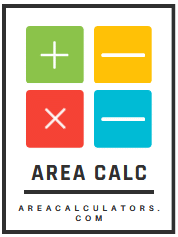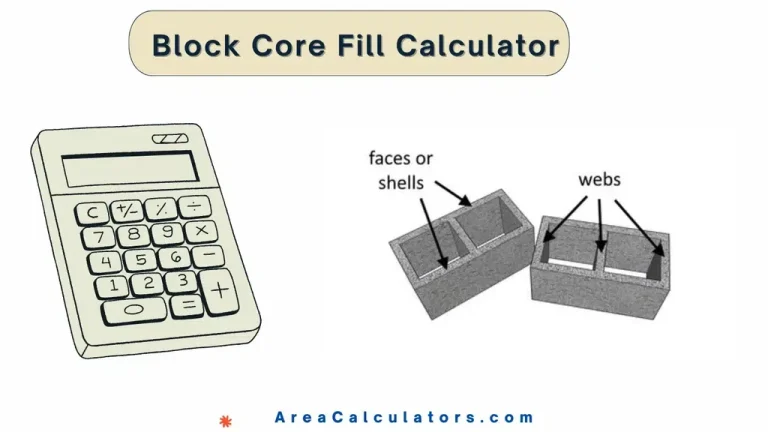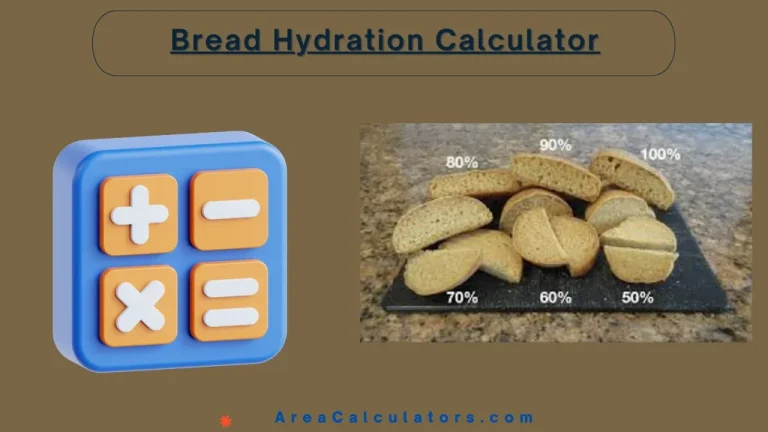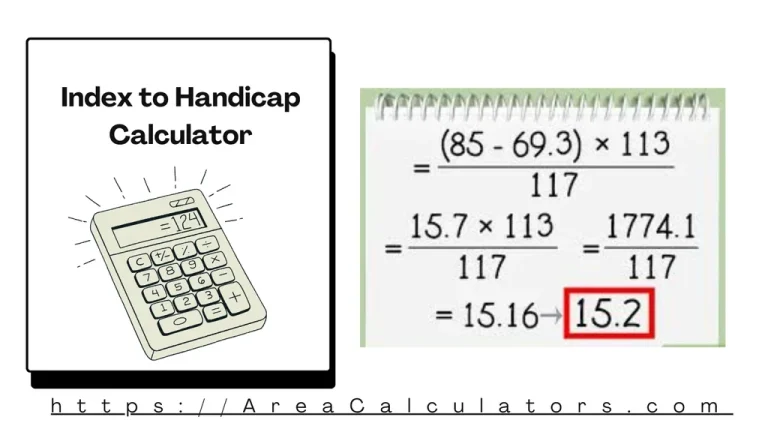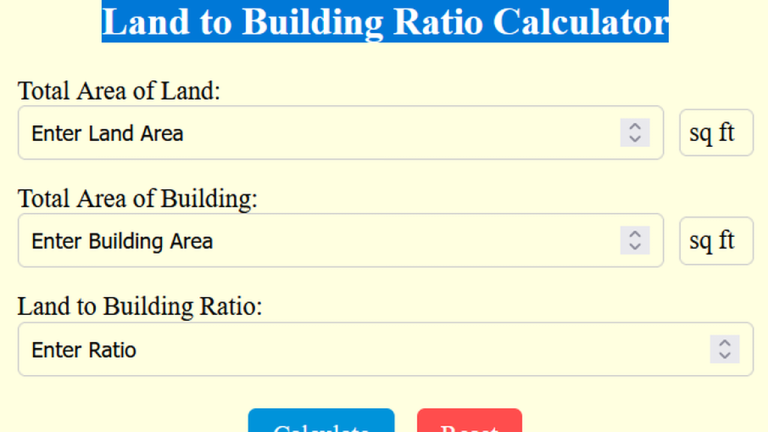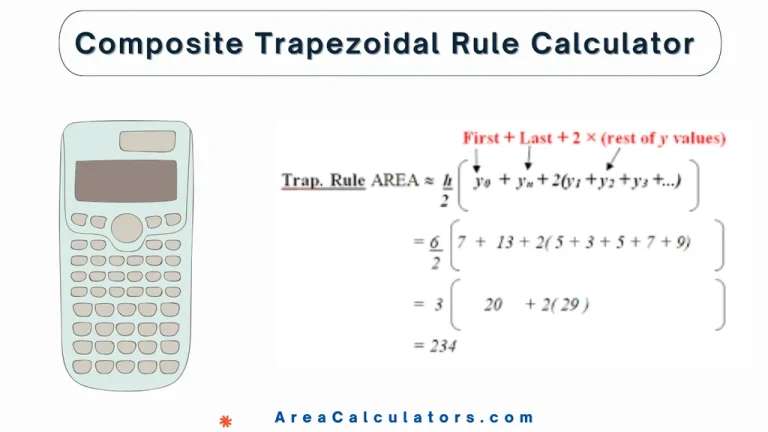Arden’s Theorem Calculator
Enter the values to use our basic and advanced Arden’s Theorem Calculator. For more understanding read the formula and solved examples below to know how this calculator works
Formula:
The formula is:
Variables
| Variable | Meaning |
|---|---|
| A | Solution or regular expression in Arden’s Theorem |
| m | Initial or constant part of the expression |
| n | Expression representing a repeating pattern or term |
| z | Expression or variable modifying in the equation |
Solved Examples :
Example 1:
Given:
| Calculation | Instructions |
|---|---|
| Step 1: | Start with the formula. |
| Step 2: | Replace , , and with the given values. |
| Step 3: | Subtract 3 from 5 to get 2. |
| Step 4: | Add 2 and 2 to get the solution. |
Answer: The solution is 4.
Example 2:
Given:
| Calculation | Instructions |
|---|---|
| Step 1: | Start with the formula. |
| Step 2: | Replace , , and with the given values. |
| Step 3: | Subtract 5 from 8 to get 3. |
| Step 4: | Add 10 and 3 to get the solution. |
Answer: The solution is 13.
What is Arden’s Theorem Calculator ?
Arden’s Theorem is a fundamental concept in the theory of formal languages and automata. It is used to find a regular expression that describes the language accepted by a finite automaton. The theorem provides a way to solve equations of the form , where is the unknown regular expression.
This calculator is particularly useful in automata theory and compiler design, where converting finite automata to regular expressions is a common task. The formula simplifies the process of solving regular expression equations based on Arden’s Theorem.
Final Words:
Arden’s theorem stands as a crucial tool in computer science, mathematics, and engineering. It offers valuable data into the properties of finite automata and their practical applications.
